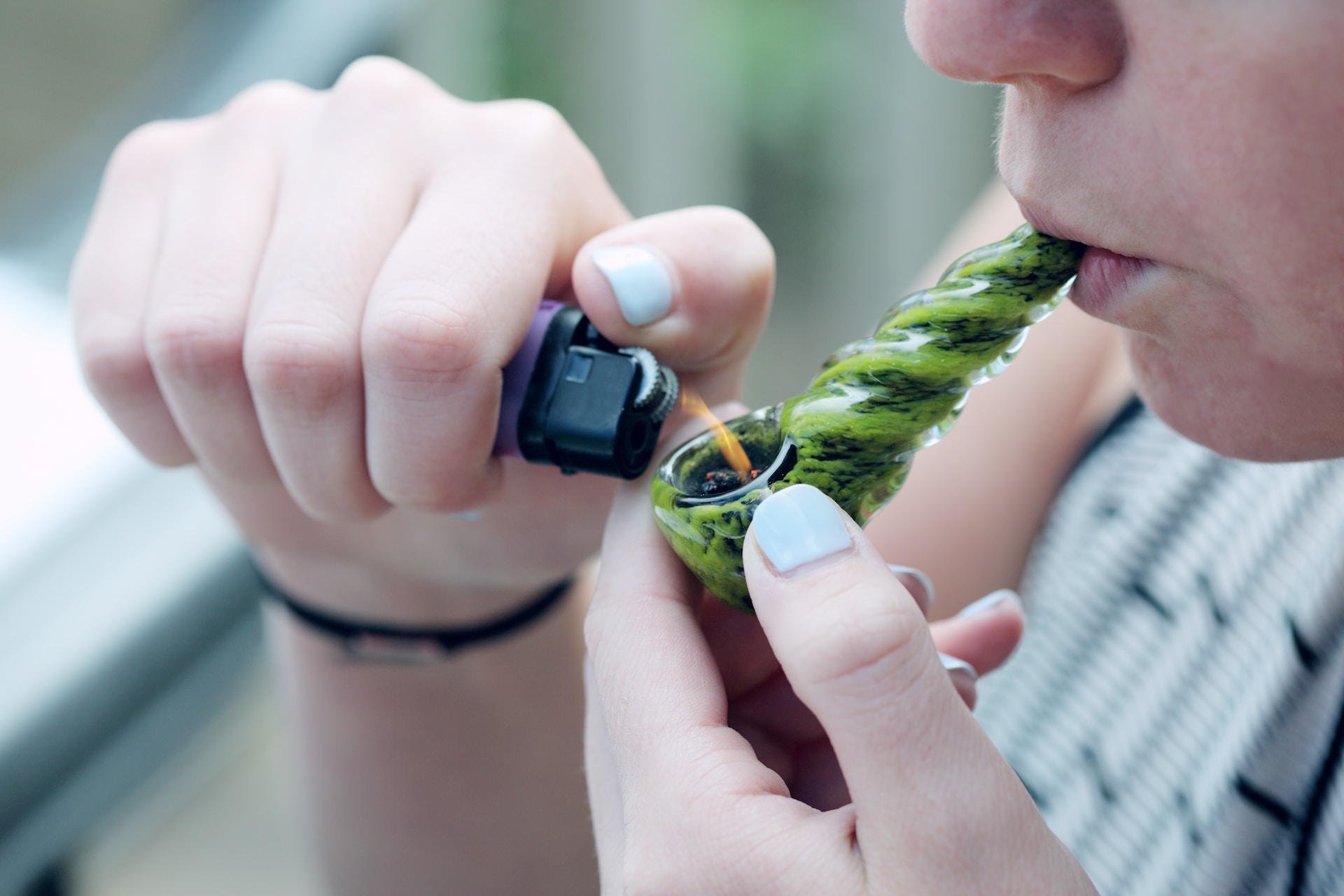
As marijuana use becomes more common, with 38 states, three territories, and the District of Columbia legalizing the drug for medical and/or recreational use, use is on the rise, leading to questions of How much marijuana is too much?
As of April 2023, cannabis, or marijuana, is legal for medical purposes in 38 states, three territories and the District of Columbia. According to the Council of State Governments, you can use the drug recreationally in 20 states.
Despite its spread and increasing legalization, marijuana is still classified by the United States Drug Enforcement Administration (DEA) as a scheduled drug, along with heroin and LSD, due to its high potential for abuse and lack of currently accepted treatment. For this reason, marijuana is still illegal at the federal level and, according to the analysis of drug use problems, can be dangerous.
According to the CDC, marijuana is the most commonly used illegal drug in the United States. About 48.2 million people (or about 18% of Americans) used it at least once in 2019.
“Cannabis use problems are often associated with addiction, in which a person experiences withdrawal symptoms when not taking the drug. People who use marijuana often report anxiety, difficulty in mood and sleep, decreased appetite, hunger, restlessness, and/or various types of discomfort that are highest in the first week after they stop and it lasts about two weeks,” says Nora Volkow, MD, director of the National Institute on Drug Abuse (NIDA).
“When addiction and other things enter into the crisis of using cannabis, people cannot stop taking the drug, even if it affects many areas of their lives,” said Dr. Volkow continues. “Some studies show that nine percent of people who smoke marijuana will become addicted, a higher rate among those who started using in their teens.” Other studies show even higher numbers.
What are the problems with using cannabis?
Among drug use disorders, cannabis use disorder (CUD) is classified in the American Psychiatric Association’s Diagnostic and Statistical Manual of Mental Disorders – Fifth Edition (DSM-5) using criteria that determine the behavior of the user. These methods include:
- Cannabis is consumed in larger quantities or for longer periods of time than intended
- There is a persistent desire or successful effort to reduce or control the use of cannabis.
- A lot of time is spent on the activities necessary to obtain, take, or recover from cannabis.
- A strong desire or craving to consume cannabis
- Continued use of cannabis leads to non-compliance at work, school or home.
- Cannabis use continues despite continuing or worsening social problems caused by the effects of cannabis.
- Do not give up or reduce social, professional or recreational activities because of cannabis use
- Cannabis is often used in dangerous situations
- Cannabis use continues despite knowledge of persistent or recurring physical or mental problems caused by or worsened by cannabis.
Addiction, as defined by either: (1) an apparent increase in cannabis use to achieve an overdose or desired effect or (2) a significantly reduced effect with continued use of the same substance face Withdrawal, manifested as (1) characteristic cannabis withdrawal syndrome or (2) cannabis, is withdrawn to reduce or avoid withdrawal symptoms.
CUD is defined as mild (two to three symptoms present), moderate (four to five symptoms present), or severe (six or more symptoms present). According to NIDA, among people aged 12 and over in 2021, about 5.8% (or about 16.3 million people) had a problem using cannabis in the last 12 months.
Treatment for Cannabis Use Disorder
According to NIDA, CUD is similar to other substance use disorders and people with this disorder often have other mental health or substance abuse problems. For this reason, treating mental health problems can help treat marijuana addiction. Behavioral health treatments include:
- Cognitive behavioral therapy (CBT), which teaches people strategies to identify and correct behaviors that lead to drug use
- Conditional control, which monitors target behavior and rewards positive behavior changes
- A motivational enhancement technique, designed to mobilize people’s internal motivation for change